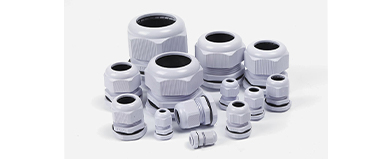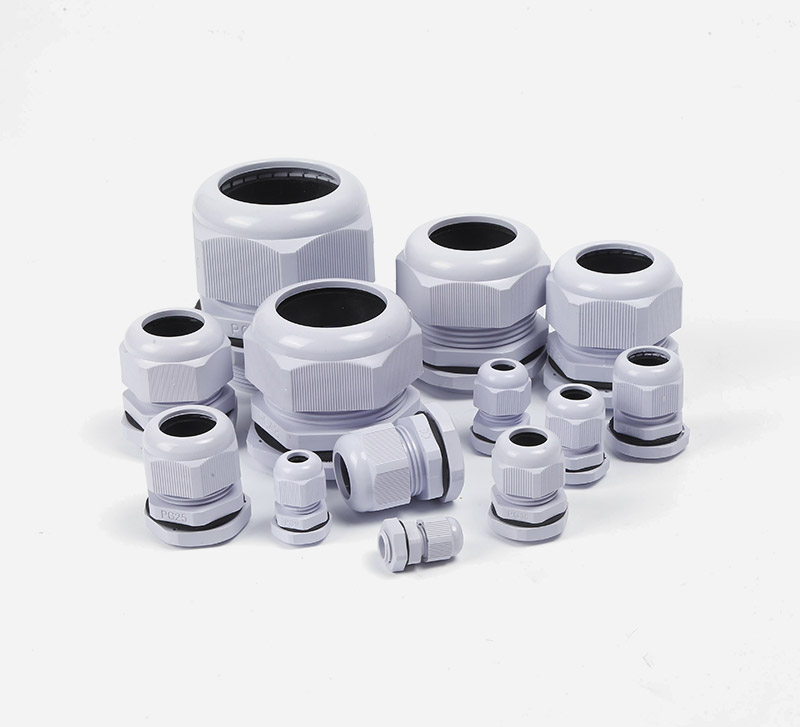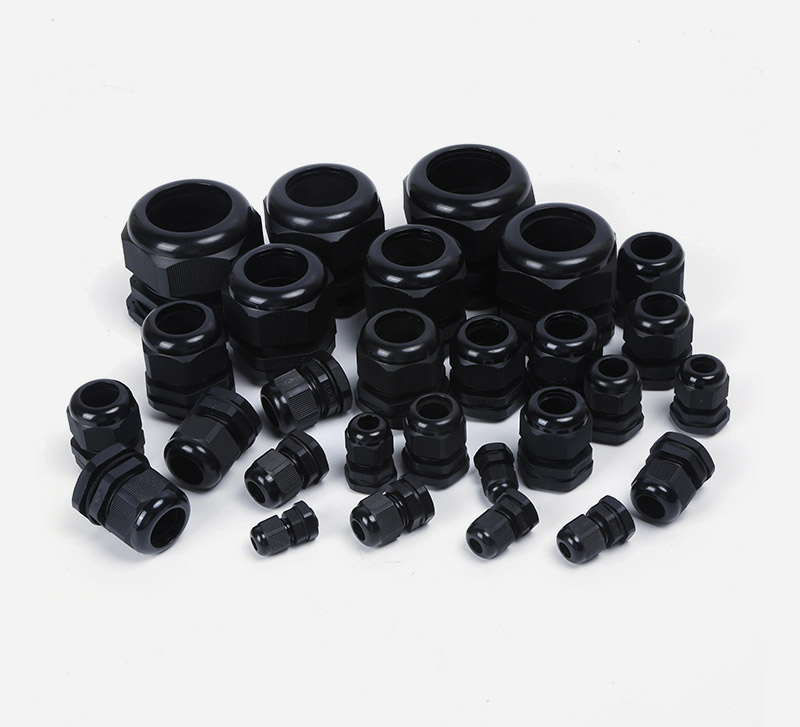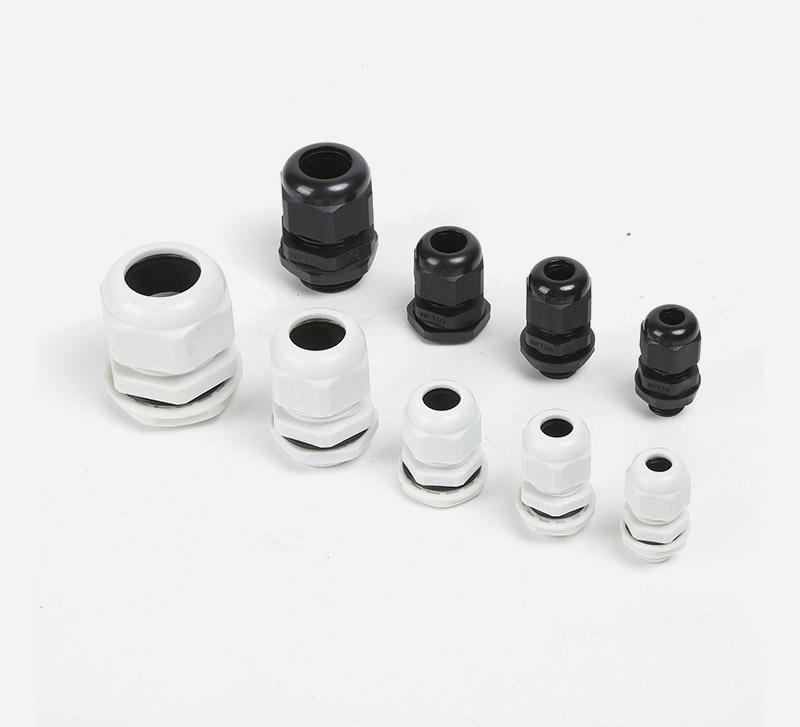Material Comparison Table - Waterproof Cable Glands
As a leading manufacturer of waterproof cable glands, we are committed to helping customers choose the right material for their specific applications. We offer cable glands made of the following main materials: Polypropylene (PP), Nylon (PA66), Environmentally friendly materials, Environmentally friendly flame retardant materials. Below is a detailed description of the differences between them.
| Material | Key Features | Water Resistance | Typical Applications | Advantages |
| Polypropylene (PP) | Lightweight, chemically resistant, economical | Good (general purpose use) | LED lighting, home appliances, low-voltage equipment | Cost-effective for light-duty applications |
| Nylon (PA66) | High strength, impact and wear resistant, good chemical resistance | Excellent | Industrial machinery, automation, electric vehicles, equipment control panels | Durable, high-performance in tough environments |
| Environmentally Friendly Material | Halogen-free, RoHS/REACH compliant, non-toxic | Very Good | Green buildings, public facilities, eco-sensitive industries | Eco-safe, suitable for sustainable projects |
| Environmentally Friendly Flame - Retardant Material | Halogen-free, UL94-V0 flame-retardant, self-extinguishing | High with flame protection | Rail systems, smart buildings, power distribution, fire-risk zones | Combines environmental safety with fire protection |
Conclusion
Choosing the right material for waterproof cable glands is critical to ensuring optimal performance, safety, and compliance. Each material - whether it's cost-effective polypropylene (PP), durable nylon, or environmentally friendly flame-retardant compounds - offers unique benefits for specific environments and applications. We are committed to providing customized solutions that meet the technical and environmental needs of our customers around the world.
If you have any questions or want to get more information, please contact us.







